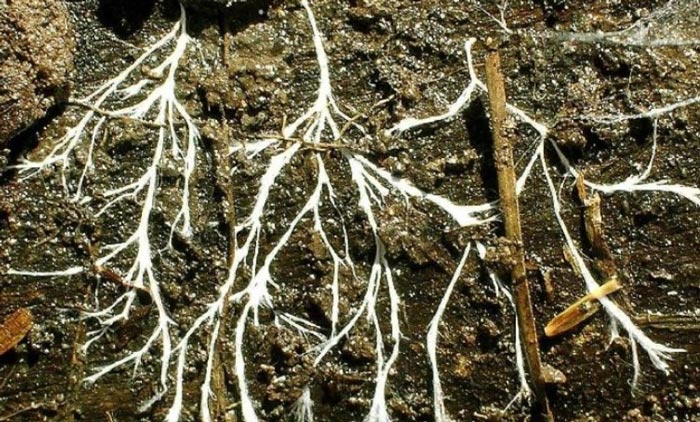Mushrooms are a large group of living organisms. There are more than 50,000 species of fungi but only a few are edible (goods to eat), others are toxic or poisonous. There are also fungi formed by a single cell, such as yeasts and moulds.
Indice
The kingdom of Mushrooms
It was decided to set up a separate kingdom, that of mushrooms, because these living organisms have particular characteristics.
Some of these characteristics are common to plants, others are common to the animal world.
Mushrooms, however, are neither animals nor plants.
Mushrooms share these characteristics with plants: they are planted on the ground, their shape resembles a plant and they reproduce with seeds (the spores). As the components of the animal kingdom are not able to produce food because they do not have chlorophyll.
Groups of Mushrooms
As we have already said, mushrooms have in common with the realm of animals the characteristic of being heterotropic, i. e. consumers, unlike plants that are instead autotrophes (producers).
Because of the different way in which they feed themself, mushrooms are divided or grouped into three main groups:
- Saprophytic mushrooms
- Parasites mushrooms
- Simbionti or Mycorrhizal mushrooms
Saprophytic Mushrooms
Saprophytic fungi can be considered “forest sweepers” because they feed on dead organic material or waste products from other living organisms.
They are very important because they are able to transform dead organic matter (dry leaves, broken branches, dead animals, faeces) into mineral salts that are indispensable for the life of plants.
Parasite mushrooms
Parasite fungi are those that feed on living organisms, such as trees or already sick herbs, and “suck” their nutrients.
As time goes by, organisms attacked by parasite fungi are damaged and can no longer develop and grow in the best way.
Simbionti mushrooms
Simbionti or mycorrhizal fungi are those that establish a mutually beneficial relationship with plants. This advantage is achieved between the roots of the fungus and the roots of the plant.
A very close bond is created because the plant gives the fungus a part of its nourishment and the fungus allows the plant to absorb more water and mineral salts through the roots of the fungus.
A type of symbiont-like mushroom is the Boletus, which can live in symbiosis with numerous broadleaf trees (castle, oak, beech, etc.) and conifers such as fir trees.
How a mushroom is made
The body of the fungi is made up of a set of microscopic filaments called “ifa“, which intertwine to form the mycelium.
The ifa spreads into the ground and form a sort of network. From this net the mycelium develops and gives rise to an fructiferous body that contains a great number of spores.
The spores are transported by the wind or insects or even by water and will give rise to another interweaving of ifa.

The life cycle of the fungus
The ifa branchs out into the soil and intertwine to form the mycelium, which is the vegetative organ of the fungus. Mycelium absorbs, assimilates and breathes the fungus.
The filaments of the mycelium develop on each other and branch out to form a compact mass that are the stem and also the mushroom hat.
The spores under the fungus hat fall to the ground and give rise to a filament of ifa, which again develops in form a new mycelium that, growing up, will give life to a new fungus.